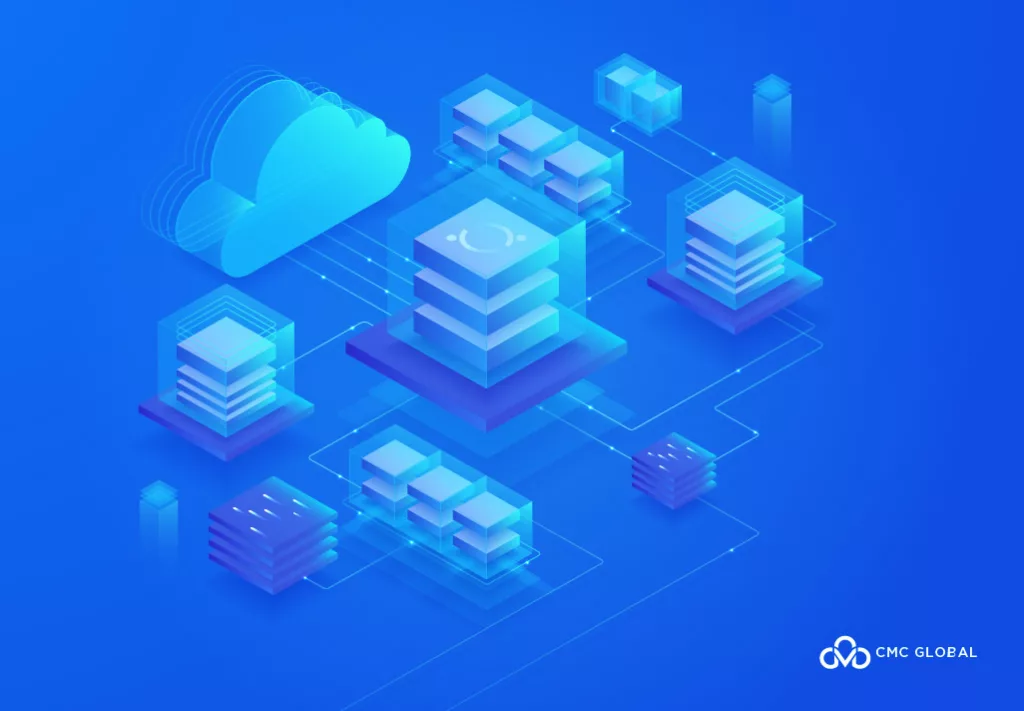In the 4.0 industrial revolution, there is no dispute that taking advantage of technology is an irreversible trend for every enterprise to gain achievement. Thus, there is an increasing demand for strategies that allow organizations to have organized and quality computing systems. Â That is the reason why IT Service Management (ITSM) was introduced.
According to the definition of GB Advisors, ITSM is a strategic approach to the design, delivery, management, maintenance, and improvement of IT equipment, applications, and services. It brings huge competitive advantages to enterprises.
So keep up with CMC Global to see everything you need to know about ITSM. Let’s see the definition, significant benefits, and best examples of IT Service Management.
1. IT Service Management definition
ITSM is the concept including all sets of practices, principles, or processes conducted by an organization to design, implement, improve, and support IT services. To put it simply, ITSM is a strategic approach of a business to manage information technology so that they can provide value for their customers by means of services.
ITSM includes planning, managing changes to prevent business interruption, fixing bugs, and detecting finance issues. Generally, people may have a common perception of ITSM as IT support. However, ITSM goes way beyond just resolving day-to-day issues as they take responsibility for the service’s end-to-end management. Besides business, ITSM is also a way of technology management.
2. IT Service Management benefits

Lower IT operational costs.
IT infrastructure and operations (I&O) spending makes up roughly 60% of total IT spending internationally, not to mention that I&O staff represents approximately 50% of total IT staffing requirements. Due to the scalability, these IT organizations must hire an increasing number of I&O staff.
However, IT service management, with its automated features that reduce manual workload for IT operators, enables IT organizations to scale their operations more easily without the need for excessive hiring.

Efficiency and effectiveness improvement
IT service management is capable of improving business efficiency as well as effectiveness by simplifying and centralizing all processes carried out daily within the company. Moreover, ITSM can offer a self-service system in which, through a Knowledge Base, users have easy access to problem-solving.
Additionally, change management promoted by ITSM improves infrastructure reliability, reduces downtime and unavailability, and reinforces service continuity strategies. Thus, ITSM offers a framework that increases the effectiveness of any aspect of your IT service delivery through the process of continual service improvement.

Better services and customer experience
Here are the two ways IT service management can help improve service delivery and customer experience.
The service strategy process requires IT organizations to align their activities with the needs of the business. It means that the IT organization is working on services that are from the demand of the business, resulting in a better customer experience.
Another important aspect making ITSM ubiquitous is a formalized ticketing and incident response system. The incident management process improves service by ensuring that the IT organization speedily responds to every incident report or service request that is submitted.

Since these and other benefits of IT service management, more IT organizations are choosing to adopt ITSM best practices to meet the rapidly changing needs of the businesses they serve. Not staying on the sidelines, enterprises in Vietnam are striving to seize the golden opportunities coming from the technology revolution.
3. IT Service Management best practices

ITSM helps businesses ensure that their IT service stays efficient, reliable, and scalable. That can be achieved through these ITSM best practices.
Incident management
ITSM helps businesses govern the restoration or rectification of any emerging incidents or interruptions in service. These can happen due to either outages or performance issues.
Asset management
ITSM takes charge of asset tracking, updating, and mapping. By doing this, it keeps the hardware or software functioning normally at any time.
Problem management
ITSM helps manage problems at IT organizations by conducting a Root Cause Analysis (RCA) and stopping the problem from recurring.
Change management
ITSM manages any chance in services through change management, under which release management is often grouped.
Knowledge management
ITSM’s use in knowledge management shows how it helps avoid work duplication by tracking, documenting, and updating solutions in a knowledge base. Its use in knowledge management spreads across domains.
CMC Global has strong competence in implementing technology solutions, including Traditional services, Digital transformation services, and Consulting services. Along with long-lasting cooperation with well-known clients from demanding markets like Japan and Korea, CMC Global can confidently bring the best that customers in overseas markets expect.




